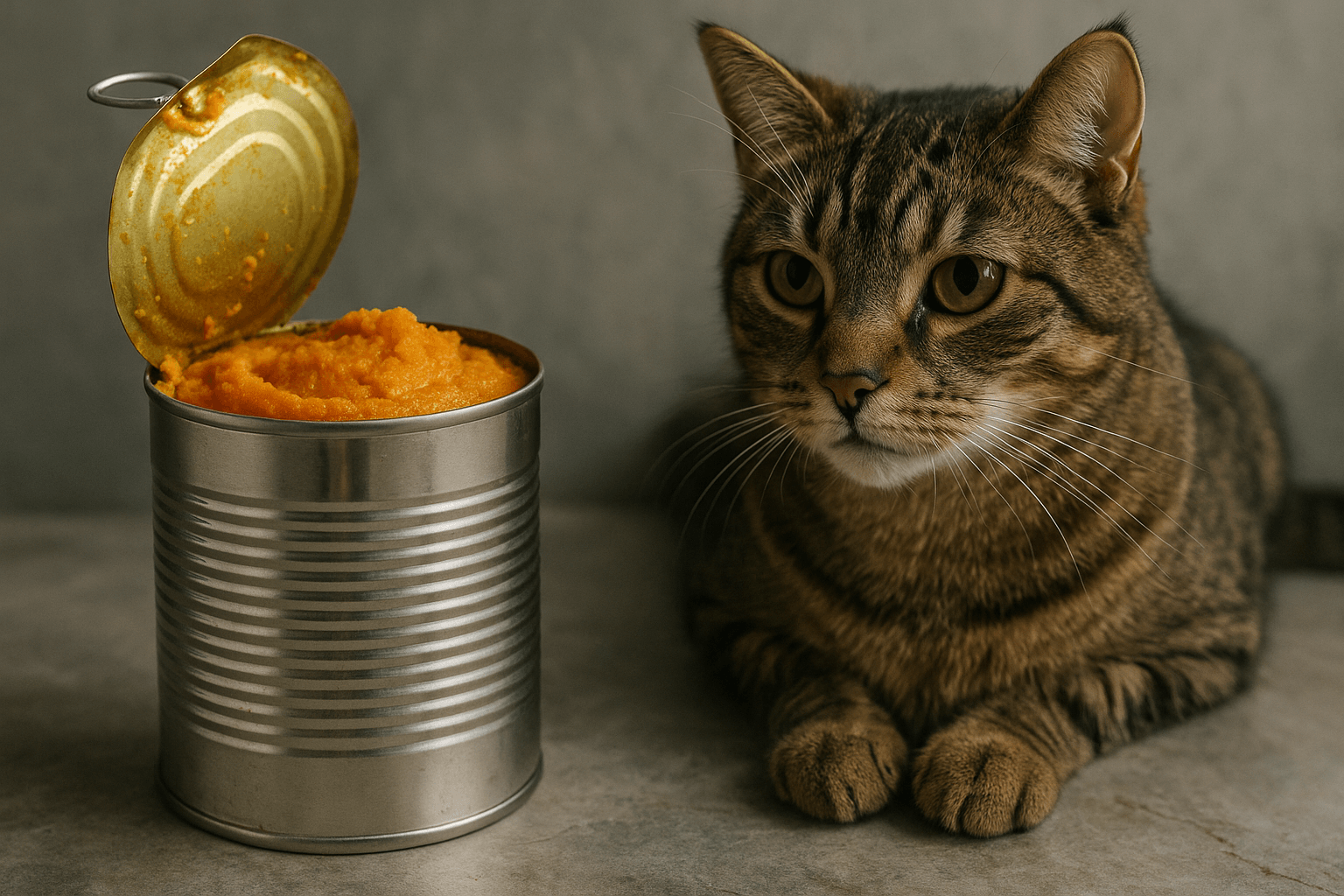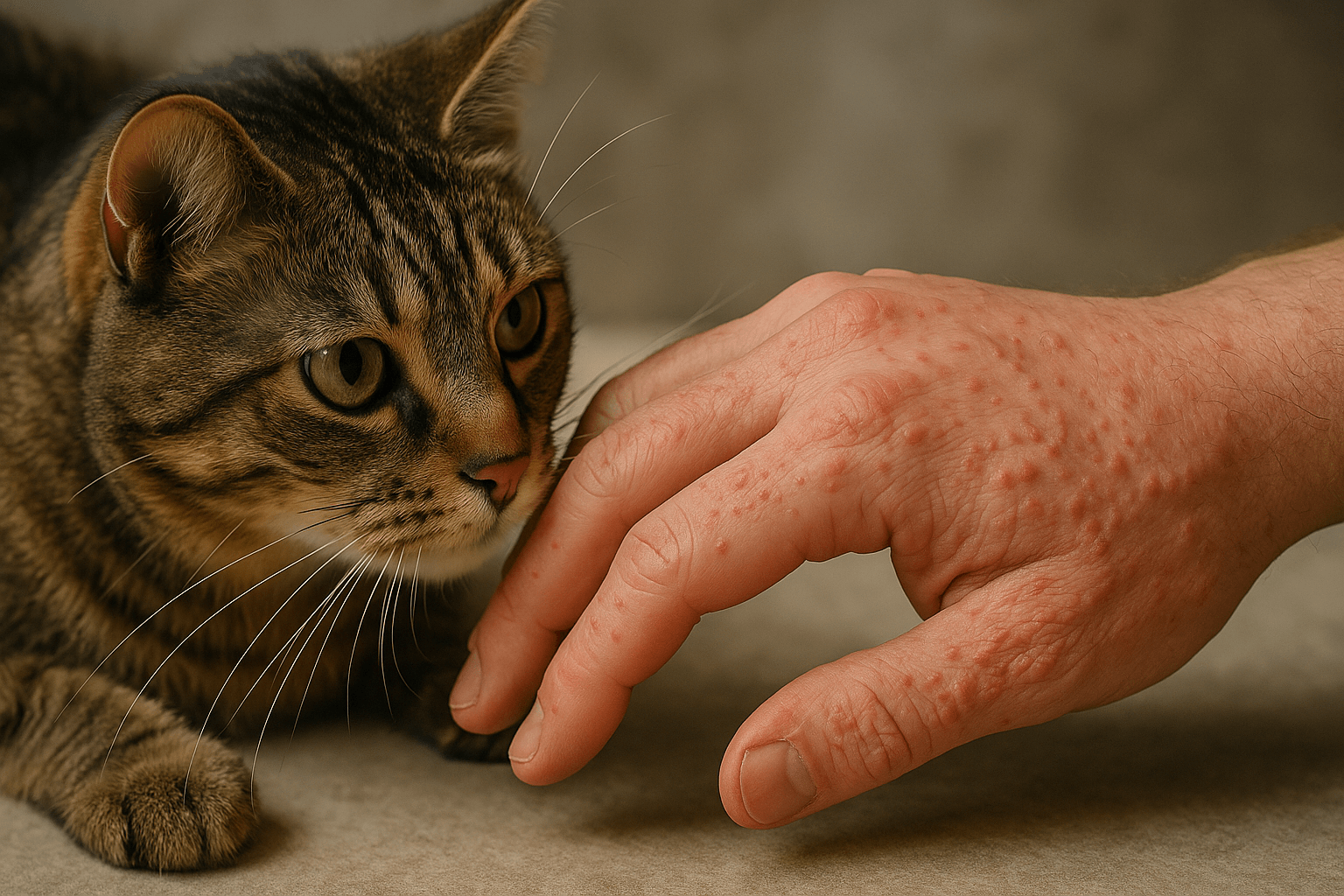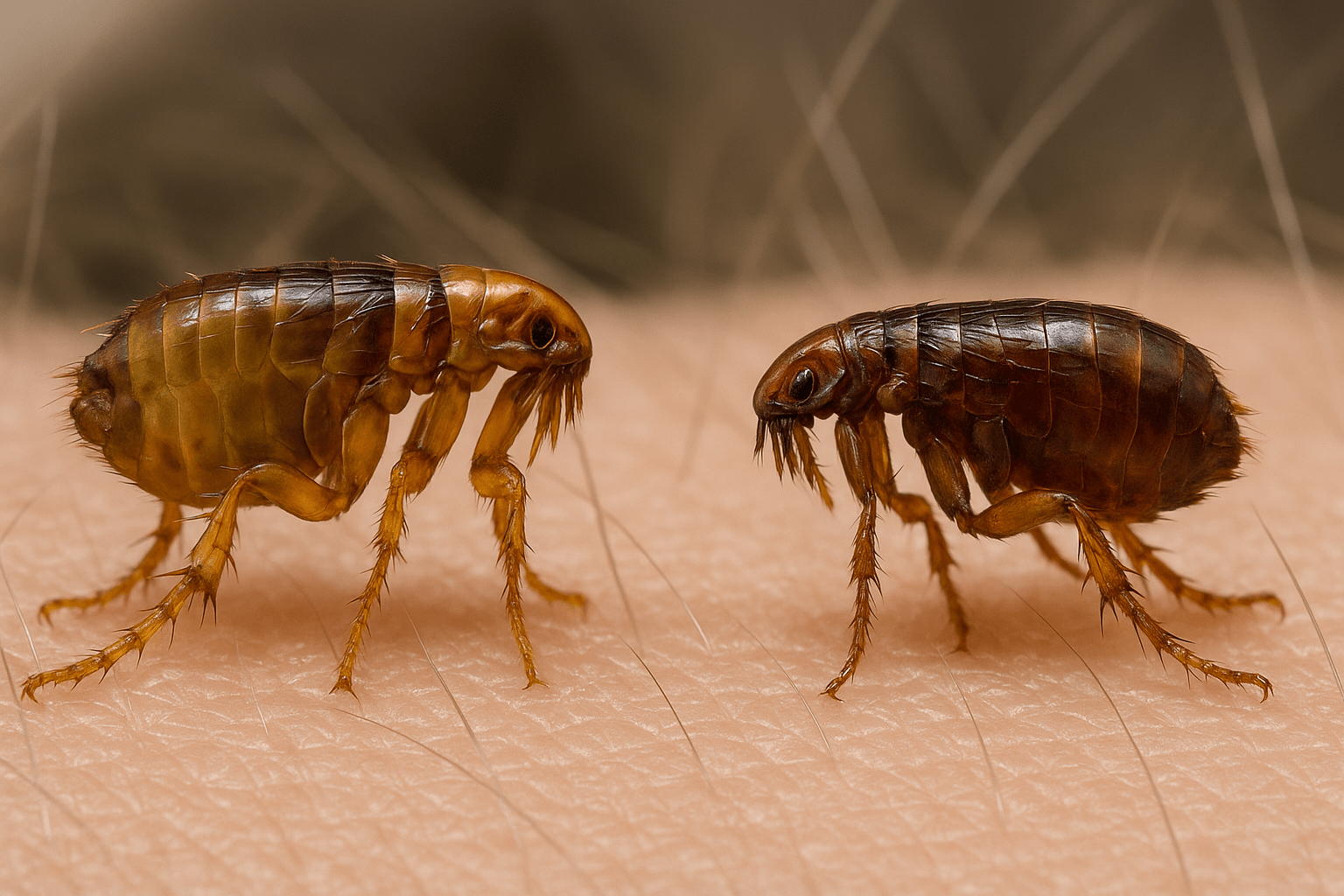Dog Chewed Tail Raw Treatment: How to Soothe and Heal Your Pup’s Sore Tail
If your dog has chewed their tail raw, it can be a stressful and concerning situation for both you and your furry friend. This behavior often stems from underlying issues like allergies, anxiety, or skin irritation, and if left untreated, it can lead to infections or further discomfort. Fortunately, there are effective ways to treat and soothe your dog’s raw tail while addressing the root cause of the problem. In this blog post, we’ll explore expert tips and practical solutions to help your pup heal and prevent future incidents. From first aid to long-term care, you’ll learn everything you need to know to keep your dog’s tail healthy and happy.
Immediate First Aid Steps for a Dog Chewed Tail Raw
When you notice that your dog has chewed their tail raw, the first step is to provide immediate care to prevent infection and alleviate pain. Here’s what you should do right away.
Clean the Area Gently:
Use a mild antiseptic solution or saline water to clean the raw area. Avoid harsh chemicals that could irritate the skin further.Apply a Pet-Safe Ointment:
Use a veterinarian-approved ointment to soothe the raw skin and promote healing. Look for products containing ingredients like aloe vera or calendula.Prevent Licking or Chewing:
Use an Elizabethan collar (cone) to stop your dog from aggravating the wound. This is crucial for allowing the skin to heal properly.Monitor for Signs of Infection:
Keep an eye out for redness, swelling, pus, or foul odors, which could indicate an infection requiring veterinary attention.Keep the Area Dry:
Ensure the tail stays dry to prevent bacteria from thriving. If your dog goes outside, consider covering the area with a breathable bandage.
By taking these steps promptly, you can minimize discomfort and set the stage for faster healing. Remember, early intervention is key to avoiding complications.
Common Causes of Tail Chewing in Dogs
Understanding why your dog is chewing their tail is essential for preventing future incidents. Here are some common reasons behind this behavior.
Allergies:
Food or environmental allergies can cause itching, leading your dog to chew their tail for relief.Flea Infestations:
Fleas can irritate your dog’s skin, prompting excessive scratching and chewing.Anxiety or Stress:
Dogs often chew their tails as a coping mechanism when they’re feeling anxious or stressed.Skin Infections:
Bacterial or fungal infections can make the tail area itchy and uncomfortable.Boredom or Lack of Exercise:
Under-stimulated dogs may resort to chewing as a way to entertain themselves.
Identifying the underlying cause is crucial for addressing the issue effectively. Once you pinpoint the reason, you can take targeted steps to help your dog feel better.
Check this guide 👉Why Is My Dog Chewing Their Paws? Best 7 Expert Tips!
Check this guide 👉Why Does My Dog Chew on Rocks? Best 7 Expert Tips!
Check this guide 👉Why Does My Dog Like to Chew on My Hand? Best 7 Tips!

Home Remedies for Raw Tails | When to See a Vet |
|---|---|
Saline water for cleaning | Persistent redness or swelling |
Aloe vera gel (pet-safe) | Signs of infection (pus, odor) |
Calendula ointment | Bleeding that won’t stop |
Coconut oil (in moderation) | Severe pain or limping |
Baking soda paste for itching | Unknown cause of tail chewing |
Long-Term Solutions for Preventing Tail Chewing
Once the raw area has healed, it’s important to implement strategies to prevent your dog from chewing their tail again. Here are some long-term solutions to consider.
Address Allergies:
Work with your vet to identify and manage food or environmental allergies through diet changes or medication.Regular Flea Prevention:
Use flea prevention products recommended by your veterinarian to keep parasites at bay.Provide Mental Stimulation:
Engage your dog with puzzle toys, training sessions, or interactive games to reduce boredom-related chewing.Create a Stress-Free Environment:
Identify and eliminate sources of stress, such as loud noises or separation anxiety, to calm your dog.Maintain a Healthy Diet:
Feed your dog high-quality food rich in nutrients to support skin and coat health.
By addressing the root causes and providing a supportive environment, you can significantly reduce the likelihood of your dog chewing their tail in the future.
Natural Remedies to Soothe a Dog Chewed Tail Raw
If you prefer natural remedies, there are several options you can try to soothe your dog’s raw tail. These remedies are gentle and safe when used correctly.
Coconut Oil:
Apply a small amount of virgin coconut oil to moisturize and heal the raw skin. Ensure your dog doesn’t lick it off immediately.Oatmeal Baths:
Bathe your dog in an oatmeal-based shampoo to relieve itching and irritation.Chamomile Tea Compress:
Steep chamomile tea bags in warm water, let them cool, and apply the liquid to the affected area with a cloth.Apple Cider Vinegar Spray:
Dilute apple cider vinegar with water and spray it on the raw area to disinfect and soothe the skin.Witch Hazel:
Use witch hazel as a natural astringent to reduce inflammation and promote healing.
While natural remedies can be effective, always consult your vet before trying new treatments to ensure they’re safe for your dog.
Tips for Keeping Your Dog’s Tail Healthy
A healthy tail is essential for your dog’s overall well-being. Here are some tips to keep your dog’s tail in great condition.
Regular Grooming:
Brush your dog’s tail regularly to remove dirt and prevent matting, especially for long-haired breeds.Inspect for Irritation:
Check your dog’s tail frequently for signs of redness, swelling, or irritation.Trim Excess Hair:
For dogs with thick fur, trim the hair around the tail to prevent tangles and reduce irritation.Use Hypoallergenic Products:
Choose shampoos and grooming products specifically designed for sensitive skin.Encourage Playful Behavior:
Provide plenty of toys and activities to redirect your dog’s energy away from tail chewing.
By incorporating these habits into your routine, you can maintain a healthy and happy tail for your dog.
Signs Your Dog’s Tail Injury Needs Immediate Attention
Some tail injuries require urgent care to prevent complications. Here’s how to recognize when your dog needs immediate veterinary attention.
Excessive Bleeding:
If the tail is bleeding heavily and doesn’t stop after applying pressure, seek emergency care.Visible Deformity:
A bent or broken tail may indicate a fracture that needs professional treatment.Severe Pain:
If your dog whines, growls, or shows signs of extreme discomfort, it could signal a serious issue.Loss of Movement:
A limp or paralyzed tail may indicate nerve damage requiring medical intervention.Sudden Behavioral Changes:
If your dog becomes unusually aggressive or withdrawn, it could be a sign of pain or distress.
Being aware of these signs ensures your dog receives timely care when it matters most.
Activities to Redirect Your Dog’s Chewing Behavior
Redirecting your dog’s chewing behavior can help prevent tail injuries. Here are some activities to keep your dog engaged and distracted.
Interactive Toys:
Puzzle toys and treat-dispensing balls challenge your dog mentally and physically.Daily Walks:
Regular exercise helps burn off excess energy that might otherwise lead to destructive behaviors.Training Sessions:
Teach your dog new tricks or commands to stimulate their mind and reinforce positive behavior.Chew Toys:
Provide durable chew toys to satisfy your dog’s natural urge to chew.Playdates with Other Dogs:
Socializing with other dogs can tire your pup out and reduce boredom-related chewing.
These activities not only distract your dog but also strengthen your bond and promote a healthier lifestyle.
Frequently Asked Questions About Dog Chewed Tail Raw Treatment
Why does my dog chew their tail until it’s raw?
Common causes include allergies, fleas, anxiety, or skin infections. Identifying the root cause is essential for treatment.
Can I use human ointments on my dog’s raw tail?
No, human products may contain harmful ingredients. Always use pet-safe ointments recommended by your vet.
How can I stop my dog from licking their tail?
Use an Elizabethan collar or bitter sprays to deter licking while the area heals.
When should I take my dog to the vet for a raw tail?
Seek veterinary care if the area becomes infected, bleeds excessively, or doesn’t improve after a few days of home treatment.
Are natural remedies safe for treating a raw tail?
Some natural remedies are safe, but always consult your vet to ensure they’re appropriate for your dog’s specific condition.
Healing and Prevention: The Key to a Happy, Healthy Tail
Treating a dog chewed tail raw requires patience, care, and a proactive approach to address the underlying cause. By following the steps outlined in this guide, you can help your pup heal quickly and prevent future incidents. Remember, your dog’s comfort and well-being are the top priorities, so don’t hesitate to seek professional help if needed. With the right care and attention, your furry friend will be back to wagging their tail happily in no time.
Canned Pumpkin for Cat Diarrhea: Best 7 Expert Tips! Natural remedy to firm stools, soothe upset bellies, and support gut health safely.
Can a Cat Give You Scabies? Best 7 Expert Tips! Discover the truth about feline mites, human skin risks, and how to protect yourself—without panic.
Cat Flea vs Human Flea: Best 7 Expert Tips! Discover the truth about bites, species, and how to eliminate infestations for good.
Weird Cat Behaviors: Best 7 Expert Tips! Discover why cats do strange things—and how to understand, not punish, their instincts for a happier home.





